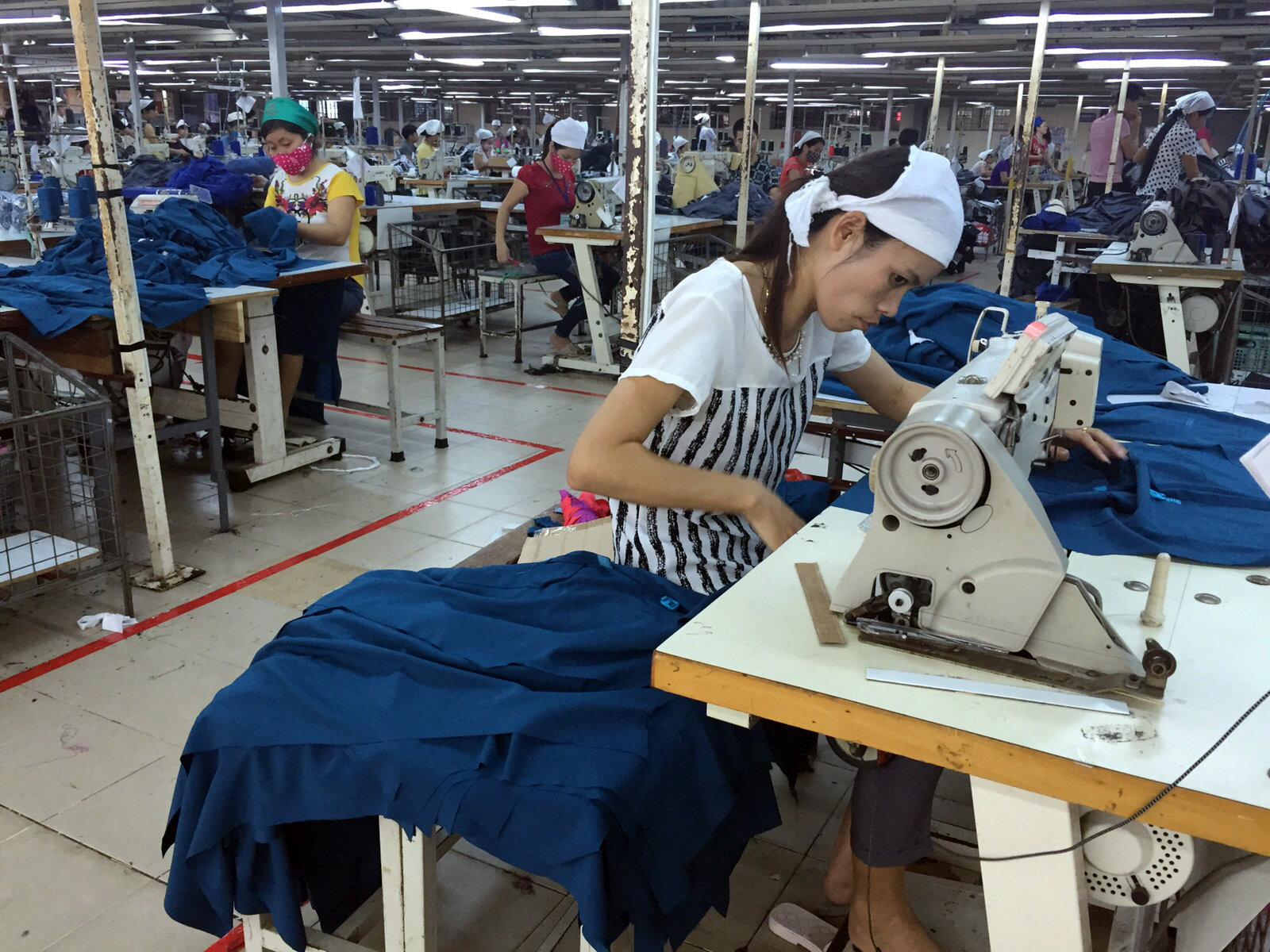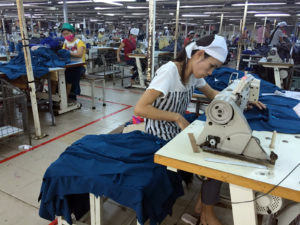Many an Uber driver may say she or he enjoys the flexibility and the freedom of not having to punch in hours.
They can work around their own schedules and make money whenever they like.
But could jobs that pay per-item or per-service be worse for workers’ emotional and physical wellbeing?
UEP Associate Professor and Chair Mary Davis recently received a $110,000 grant from the U.S. Department of Labor to investigate this very question — do U.S. workers paid based on level of service provided experience different health outcomes than salaried or hourly workers?
This grant comes on the heels of research Davis conducted at Vietnamese garment factories between 2010 and 2014. The study, which was recently published in the Annals of Global Health, found that garment workers paid per piece reported worse physical and emotional health than those paid hourly.
Wage incentives bore the most consistently significant evidence in all demographic and factory-level variables Davis used in her regression model, which included performance on occupational safety and health compliance measures.
“Interestingly, the driving force behind the piece rate is not a full piece rate system; rather, it is those that pay some combination of by the piece and hourly. It is possible that increased wage uncertainty related to partial pay systems is driving this relationship, although the specific mechanism behind such an effect is unclear,” Davis wrote in her study. “One possible explanation is that a partial piece rate system sets the stage for other health-compromising conditions in these factories, such as worker abuse.”
One of those conditions includes sexual harassment, Davis wrote, which has been linked to per-piece pay structures. Researchers have posited this system could provide leverage to supervisors to extract sexual favors from workers.
While this may not necessarily translate to all per-item and per-service paid work, the overall theory is simpler.
“The connection between piece rate and worker health makes intuitive sense, as financial incentives that speed the pace of work may also result in less worker investment in safety precautions, particularly those that slow the pace of work. Research suggests that the piece rate leads workers to shirk on health-promoting activities such as machine safety maintenance, work breaks, and medical visits that would otherwise reduce job injury and accident risks,” Davis wrote.
Studies indicate that while per-piece pay may boost worker performance, poor perceived and actual health outcomes could balance those gains and actually reduce profits for businesses employing these workers, Davis wrote.
With the DOL grant, Davis will conduct similar research in the context of U.S. paid-per-service workers from Uber drivers to freelance performers.
Davis’ published article on Vietnamese garment workers can be found here: http://www.sciencedirect.com/science/article/pii/S2214999616307238.


